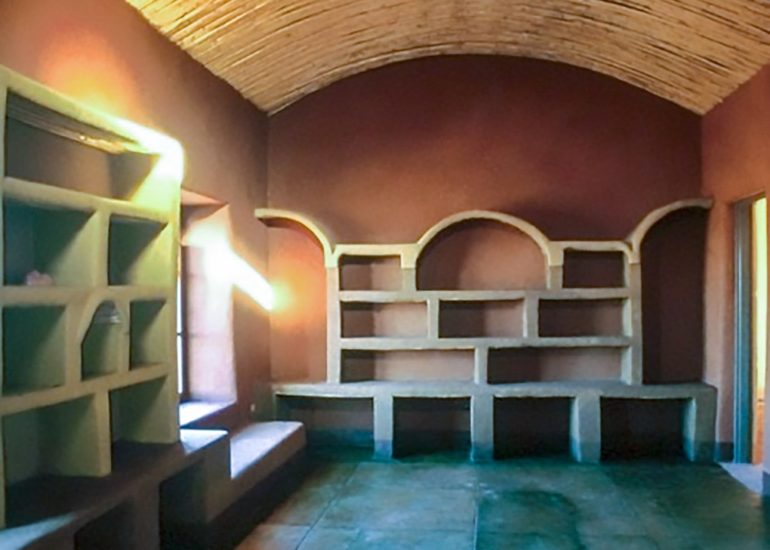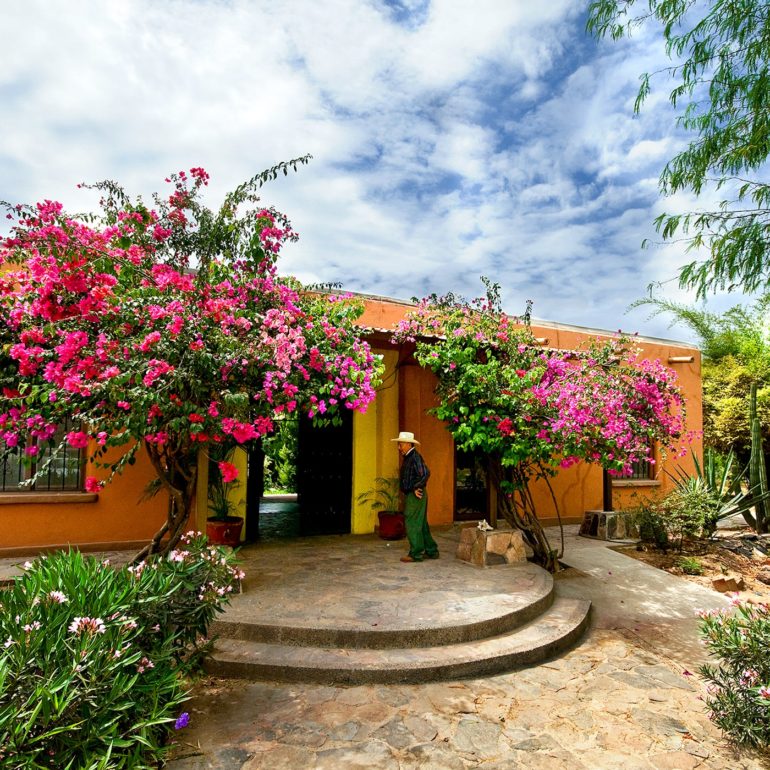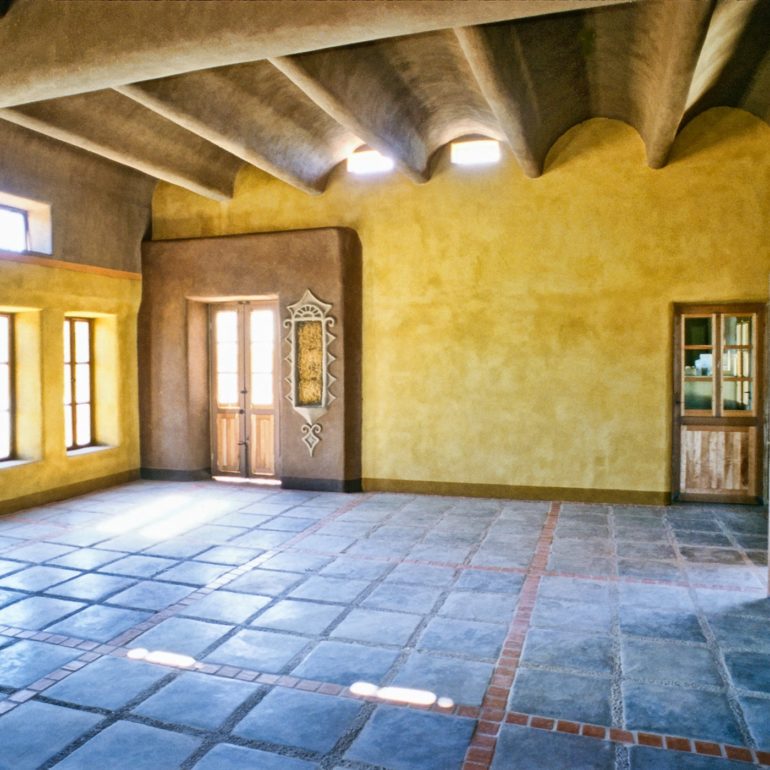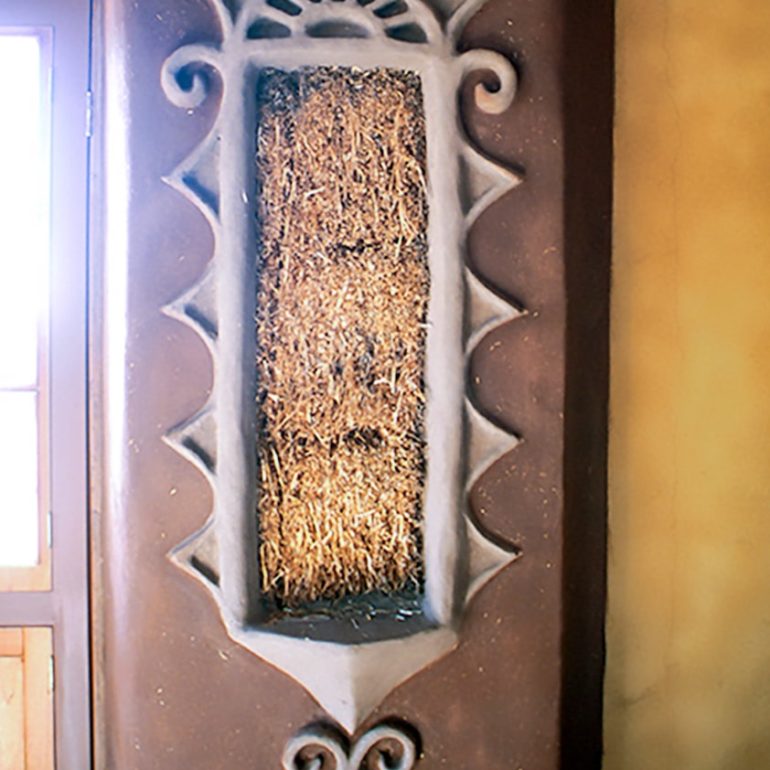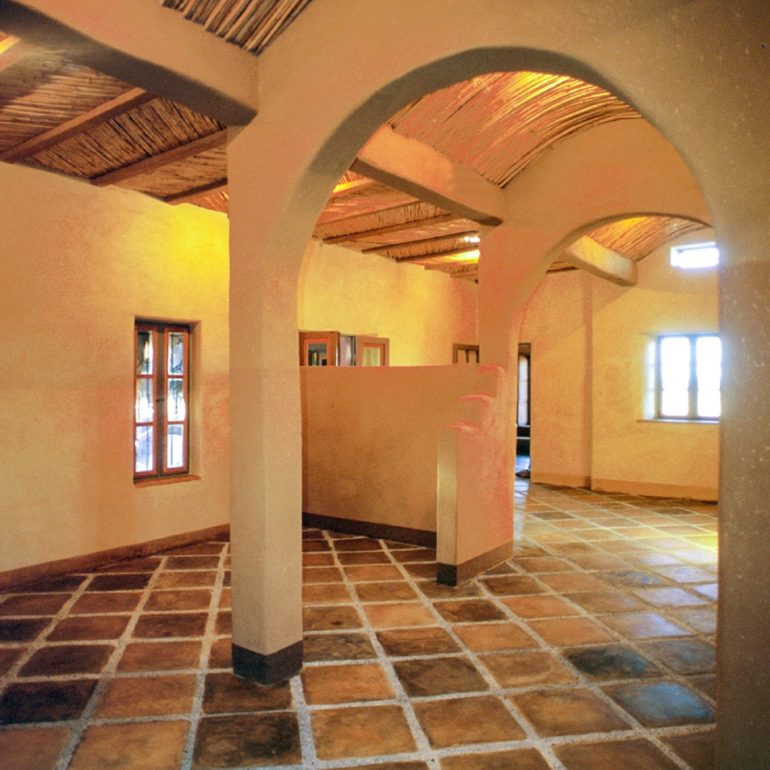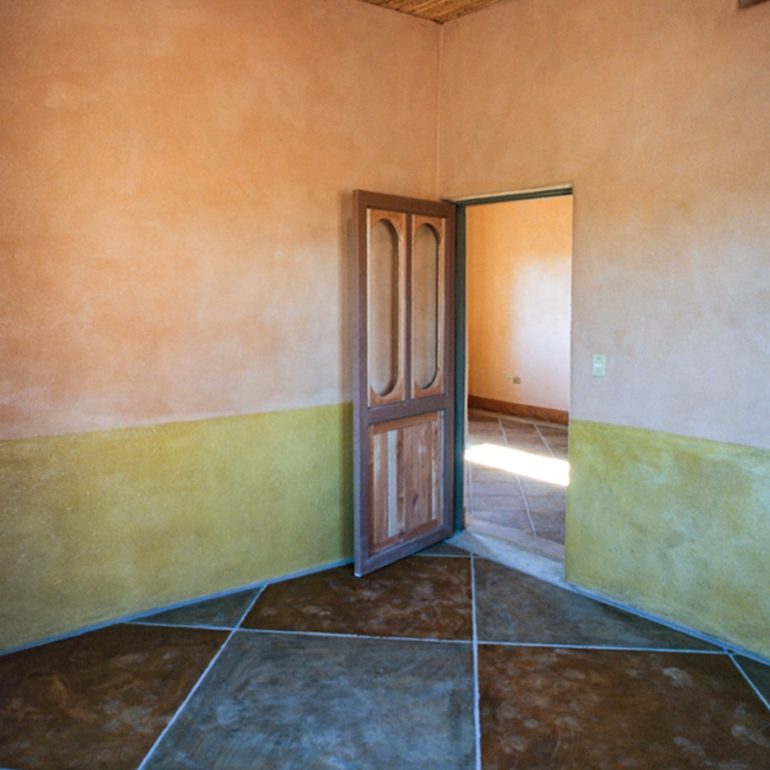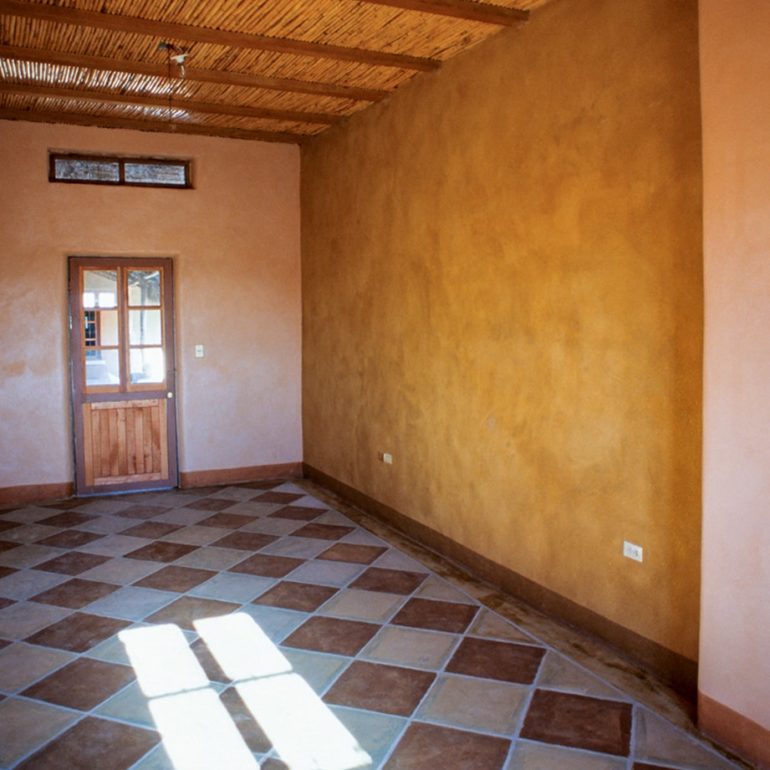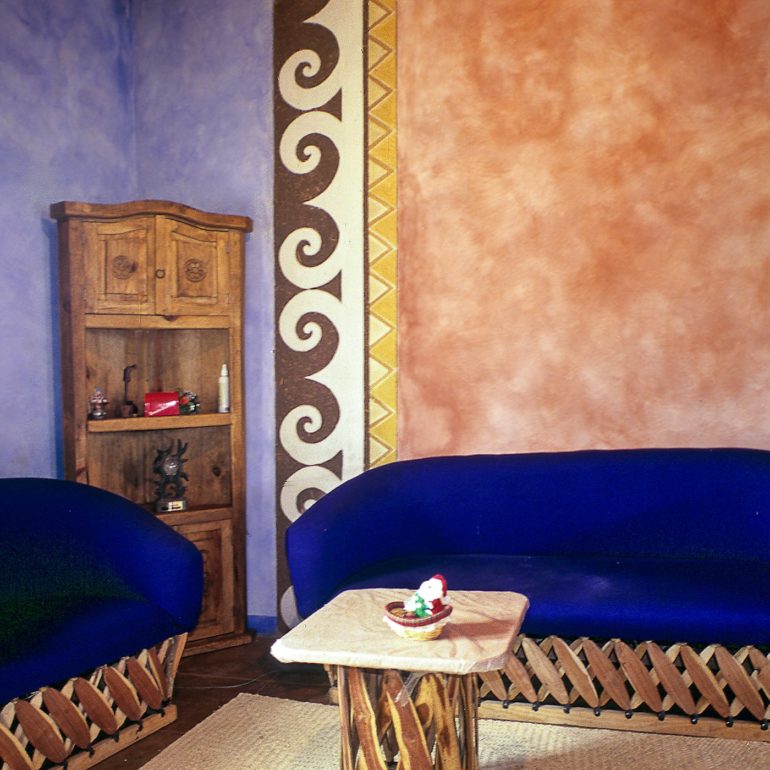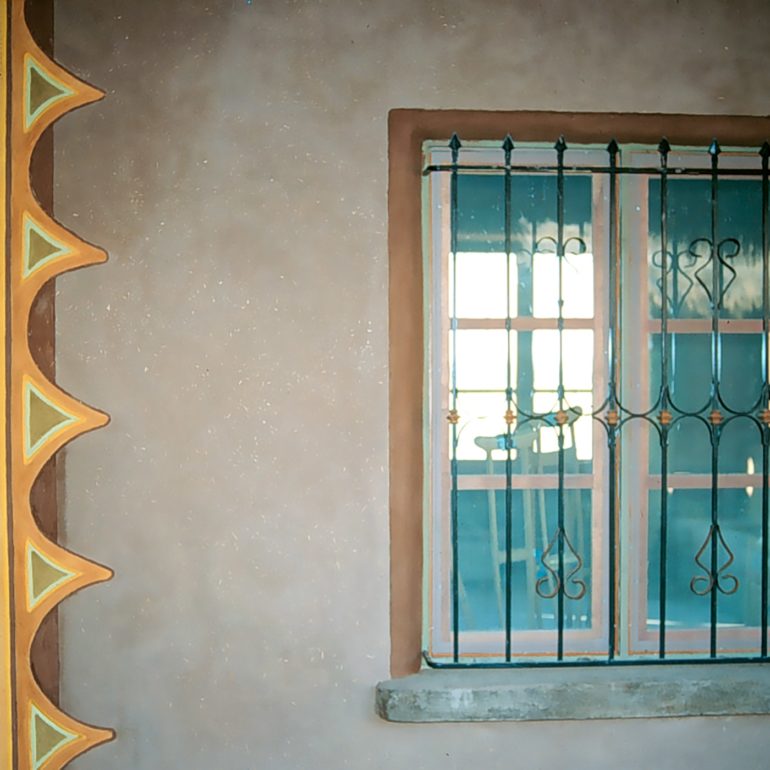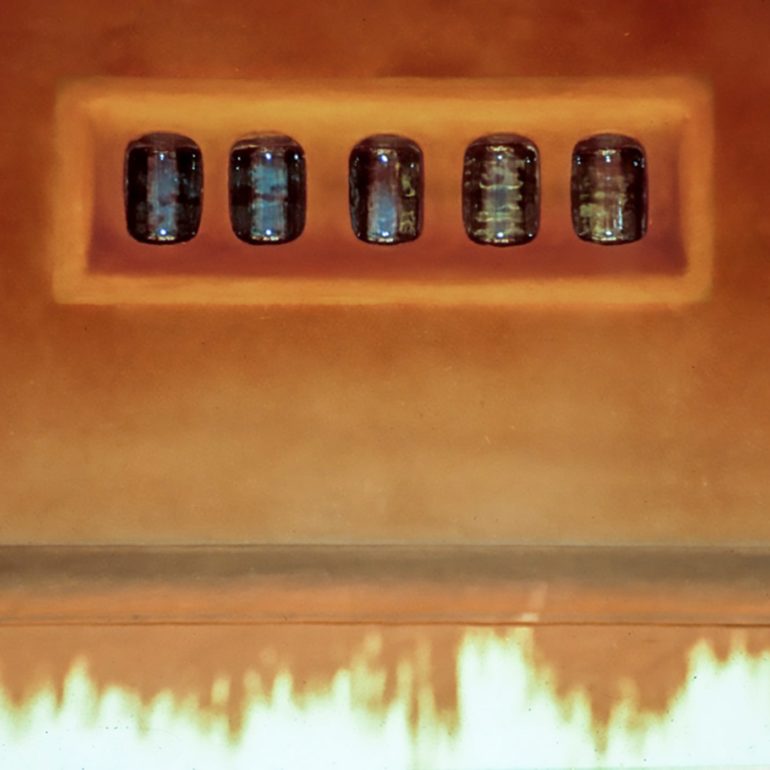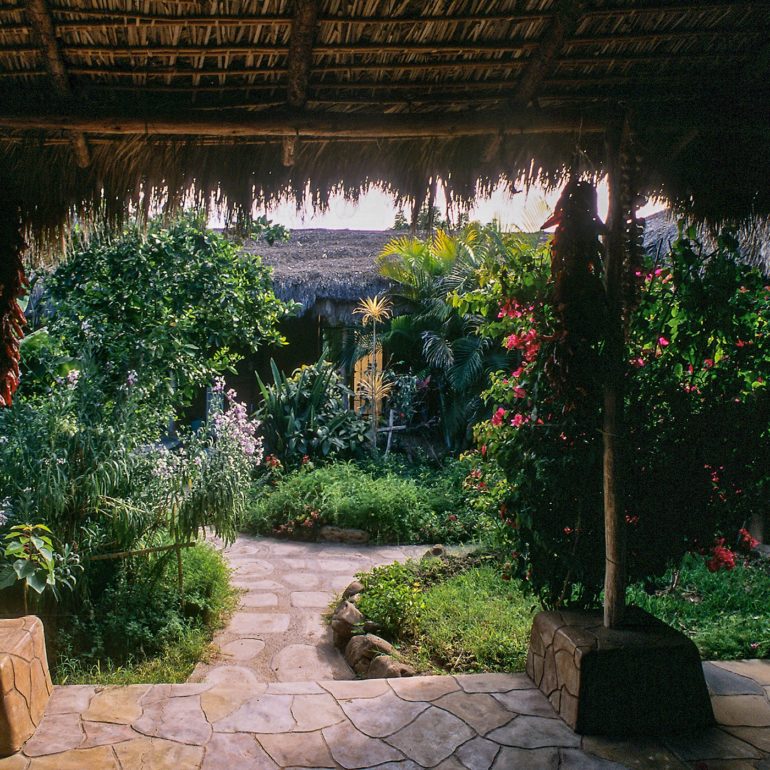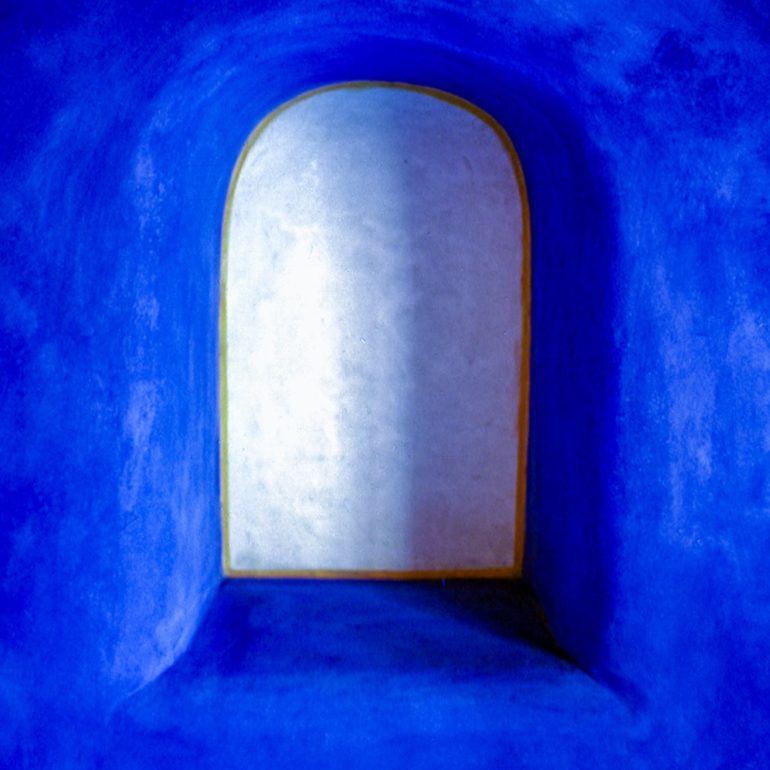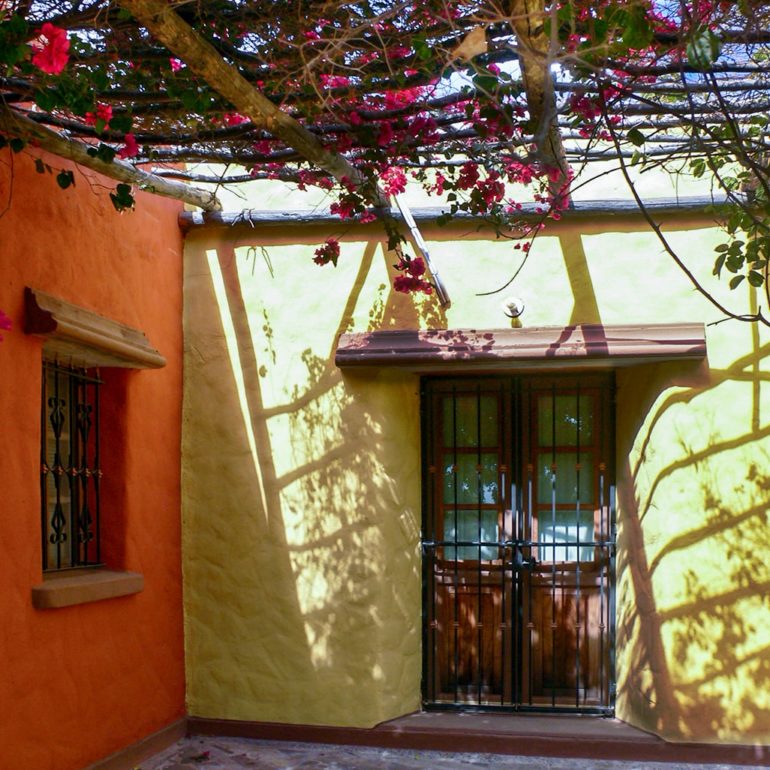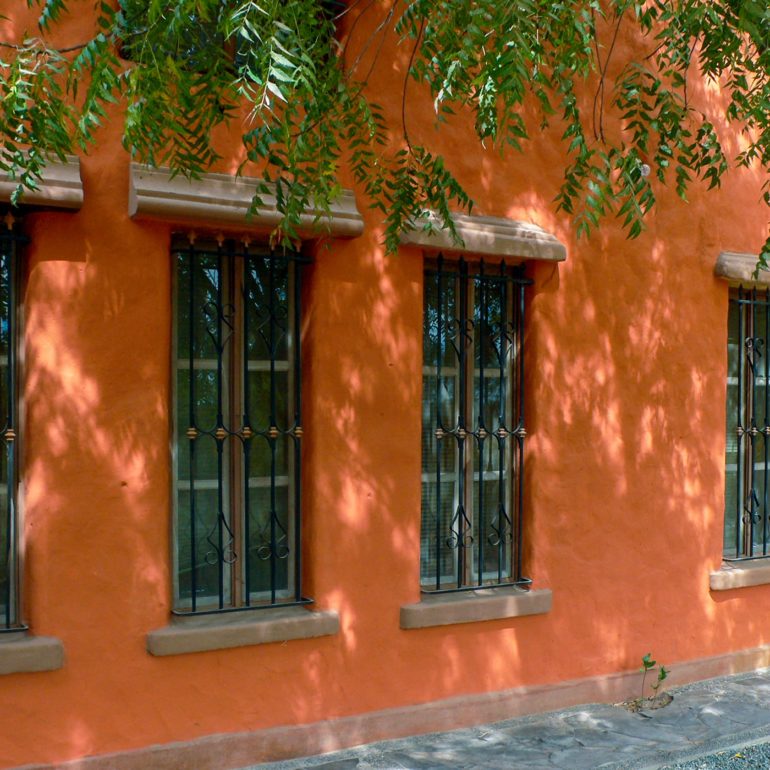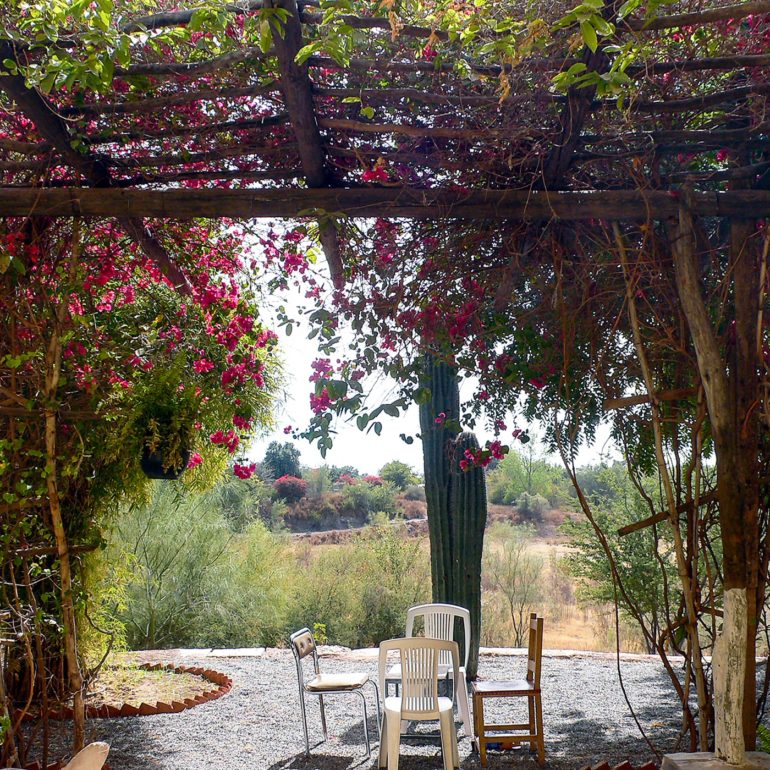Save the Children Office Building
Mexico Building Projects
Save the Children
Office Building
A 5000 sq.ft. strawbale office building
made of natural and local materials.
Providencia, Cuidad Obregon, Sonora, Mexico
1996-1998
After a couple of years, working in the poor colonias of Ciudad Obregon, Sonora, Mexico, we gained a substantial amount of experience with local materials such as the clay from the region, straw, a bamboo-like reed called “carrizo, palm for thatching and developed a relationship with a large extended family of many capable builders. With that as a foundation we went to work on a ”5,000 sq. ft. office building for the Sonoran branch of Save The Children. After two years of hard work, the result was an innovate and unique building that provided an incredible learning experience for all involved.The design for the building began as little more than a sketch on a crude piece of paper, the engineering was done by Emiliano Lopez, a builder with 35 years experience at the time, who made all the calculations for the concrete in his head. He and his brother Teodoro directed a crew made up of several teenagers from along with women and children. Its construction exemplified a way of building unlike modern construction in the developed world.
The varying ceilings and roofs is one of the most unique aspects to the building. Every room had a different configuration. Some of the most innovative were vaults done with carrizo reed and clay. Other variations utilized a combination of natural materials with materials utilized in conventional, modern Mexican construction.
A unique part of the project was that the only machinery utilized was a concrete batch mixer, which only appeared when it was time to make a pour for a roof, and one ½ inch drill for mixing clay paints for the walls. Everything else consisted of hand-powered tools.
As with all our projects in Mexico, there were many lessons that we learned. This was the first place that we learned the importance of providing a sufficient break and distance between the clay plasters and the ground. Lack of makes for easy termite access. Another was a lesson we learned many times over, that attempting to apply lime plaster over an earthen substrate was very unpredictable at best. Despite these few flaws, all things said and done, it remains a very special and organically beautiful building.
